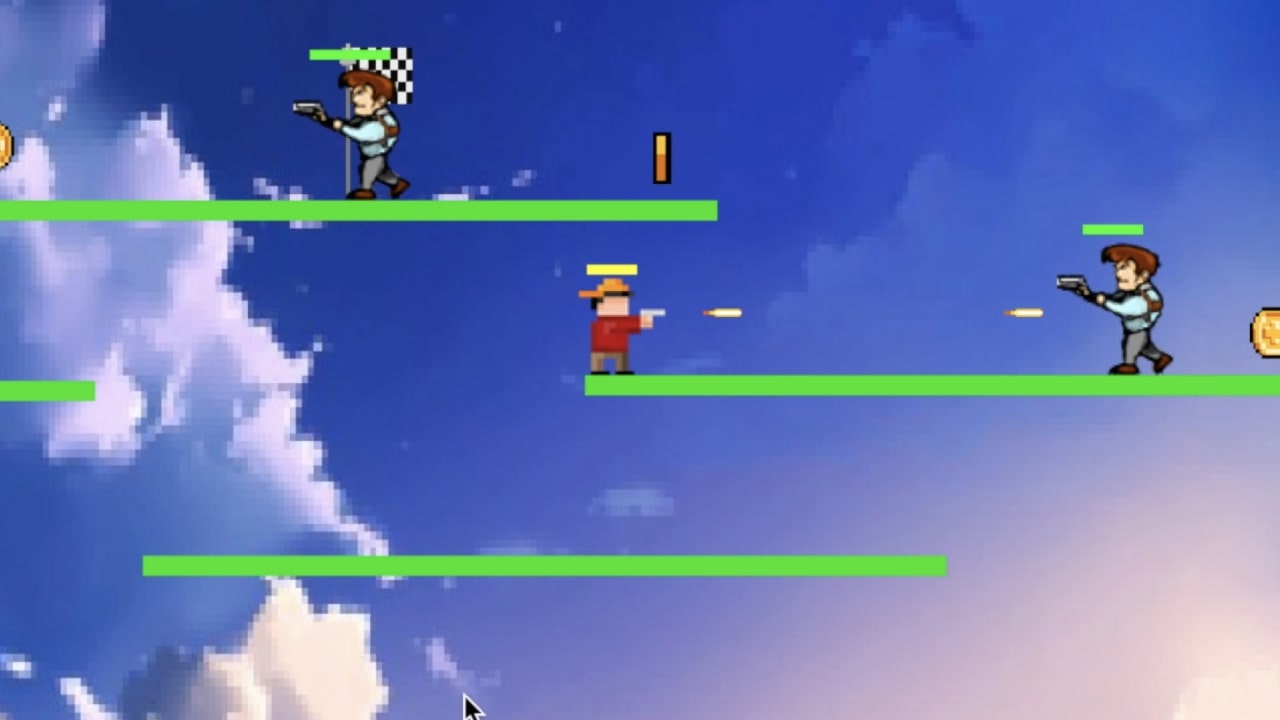

Let's put it in the act() method along with the change world code:Ĭompile and run. Looking in the Greenfoot documentation, I discovered the function mouseClicked(). AvoiderGameOverScreen needs to keep checking if the mouse has been clicked and then set the world back to AvoiderWorld so we can play the game again. Ok, so let's make it so that you can restart the game by clicking on the "Game Over" screen. The "Game Over" screen is great and all, but I don't want to just stare at it all day. Top down design from Chaffey College Play Again? Here's a nice slide presention on top-down design (also know as Divide and Conquer): One of the best methods to help you design a solution is top-down design. Above, I gave you a small example when I wrote out the three steps needed to display the game over screen. You want to sit down with a stylus and ePad (use to be pen and paper in my day) and plan. When you have a problem to solve, you don't just want to sit down and start hacking away at the computer until you bang out a solution. Something you typed in is wrong.) Plan, plan, and then plan some more.Ĭoding is complicated stuff. See the "Game Over" screen when your hero touches an enemy? (If not, go back and retrace your steps. We have changed and added a minimal amount of code, but if you have followed along carefully, you should be able to save, compile, and run the code. There's a part missing.curious! Oh well, why don't you lookup the documentation for the Greenfoot class and see if you find a method that will work.
Greenfoot music player code#
Here's the code you need to add to AvoiderWorld: (You probably should read that link.may help clear some things up.) So, we need some way of specifying that the return value of getWorld() will be treated as an AvoiderWorld, not just a plain ol' ordinary World. The problem is that we are going to implement endGame() in AvoiderWorld, not World. The part that may be confusing is the substitution of AvoiderWorld for World and the addition of "(AvoiderWorld)".

I hope it makes sense that we are now asking the world to "end the game" as opposed to removing the hero object.

To implement step 1 we need to change that code to this:ĪvoiderWorld world = (AvoiderWorld) getWorld() Some part of the code should look like this: In the "Assignment" section of Part I of the Avoider Game tutorial, you wrote code to remove the hero from the game if it touches one of the enemies.
Greenfoot music player free#
I used Adobe Illustrator to create this screen (feel free to use it):
Greenfoot music player windows#
Adding a Game Over Screenįirst, you need to draw an entire game over screen in your favorite graphic design/drawing program such as gimp, CorelDRAW, Inkscape, or even Windows Paint. This tutorial depends on that being completed. Remember, as part of your assignment last time, you implemented collision detection and animated the enemies. Picking up where we left off in Part I, we will add a game over screen, an introduction screen, and some background music. ― Christopher Paolini, Eragon Part II: Making it a Game

"That's why I'm teaching you and not the other way around.” "Of course you don't," said Brom impatiently. “Education is our passport to the future, for tomorrow belongs to the people who prepare for it today.”


 0 kommentar(er)
0 kommentar(er)
